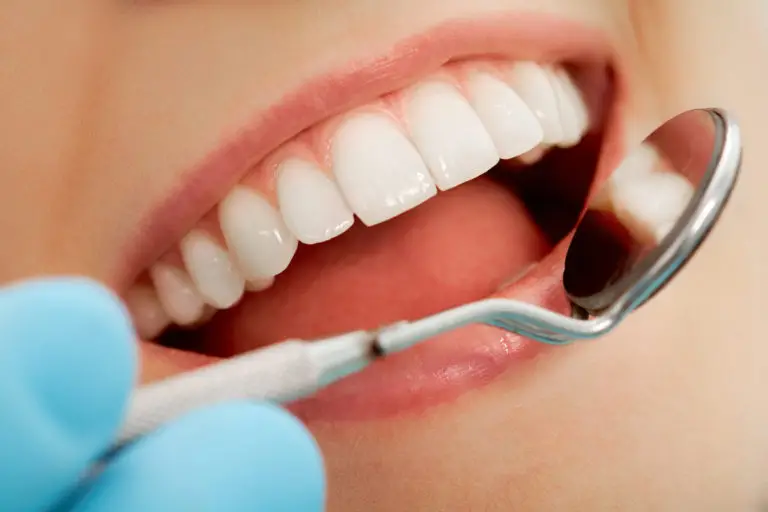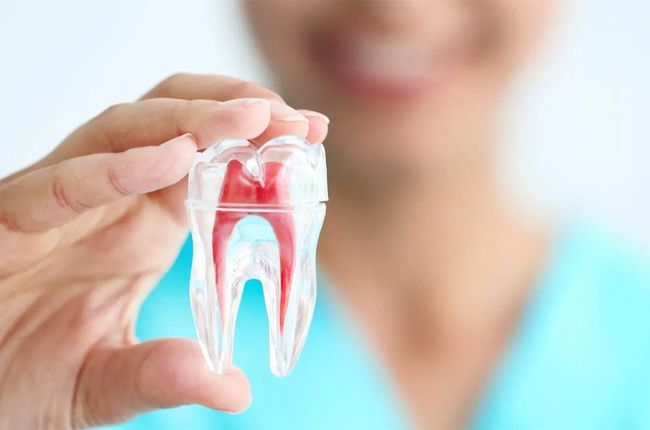Geographic Tongue: Causes And Treatment
Geographic tongue, also known as benign migratory glossitis, is a condition that is characterized by inflamed, red patches on your tongue. These patches may be sore, itchy, and may bleed easily. Geographic tongue can affect your tongue, lips, and cheeks.
What causes geographic tongue?
Geographic tongue often occurs along with other conditions, such as erythema migrans, which is a skin rash with a red border and an oval-shaped or circular shape. However, the condition has no known cause.
Geographic tongue may develop in people with a weakened immune system, such as those who struggle with diabetes or HIV. Geographic tongue is also sometimes the result of cancer treatments.
The other factors that are thought to play a role in its development include:
- Emotional stress, psychological factors, habits, allergies, diabetes, and hormonal disturbance
- Poor oral hygiene
- Lack of vitamin B12 and iron deficiency
- An injury to the tongue
- Any viral infection like cold, flu, or mononucleosis, which may cause white patches on the surface of your tongue
- Family history
- Fissured tongue
Who is at risk for geographic tongue?
Geographic tongue is a harmless condition where patches of the tongue are missing papillae or tiny bumps that typically cover the surface of the tongue. These patches on the tongue are usually pink or white.
Geographic tongue can affect anyone, though it is more common in women than in men. The condition is fairly common, affecting up to 15 percent of Americans.
How is geographic tongue diagnosed?
A dentist can diagnose a geographic tongue simply by examining the patient's mouth. The dentist may be able to see a geographic tongue by looking in the mouth, but an intraoral camera may be necessary for confirmation.
The dentist may have the patient stick out their tongue, and the geographic lines should be clearly visible. The dentist may then ask the patient to press their tongue against their teeth so the teeth marks show clearly. The dentist should then press their fingers along the tooth marks, which will reveal bumps. These bumps are the papillae of the tongue.
How is geographic tongue treated?
A dentist can typically treat the geographic tongue by scraping away the bumps. This scraping can be done with a tongue scraper, toothbrush, or electric toothbrush. Your dentist may prescribe medication to help ease the discomfort associated with geographic tongue.
The condition can also be treated with topical medications that help modify the tongue's thick, uneven shape. This includes softening agents, such as mouthwash and oral moisturizers that help ease the discomfort of the geographic tongue. Your dentist may also prescribe the following:
- Over-the-counter pain relievers
- Mouth rinses with an anesthetic
- Antihistamine mouth rinses
- Corticosteroid ointments or rinses
- Vitamin B supplementation
To learn more or for appointments, call us at (702) 331-2121, book online, or visit us at 10521 Jeffreys St #200, Henderson, NV 89052.
Office Hours
MON10:00 am - 6:30 pm
TUE8:00 am-12:00 pm, 1:00 pm-5:00 pm
WED10:00 am - 6:30 pm
THU8:00 am-12:00 pm, 1:00 pm-5:00 pm
FRI8:00 am - 2:00 pm
SAT - SUNClosed














